Life Skills: Simple Home Repairs
The best education you can give your kids is a well-rounded one that includes both book knowledge and hands-on experience. Working with tools and learning how to do simple home repairs will make them self-reliant and even save them money when they leave the nest and venture out on their own.

Working with tools also offers benefits and helps build skills in the following areas:
- Dexterity, fine motor skills and eye-hand coordination
- Creativity, conceptualization and problem-solving abilities
- Classifying, comparing and sorting objects
- Measuring and accuracy
- Cooperation and working together
- Confidence and healthy self-esteem
Life Skills: Simple Home Repairs
It’s easier to teach these handyman skills when you actually know a little bit about home repairs, but if not, there are plenty of resources available to get you started. We’ve outlined 5 steps to help you set up your own version of woodshop class, so you can offer your kids all the valuable life skills that come with learning how to work with their hands.
1. Know Your Tools
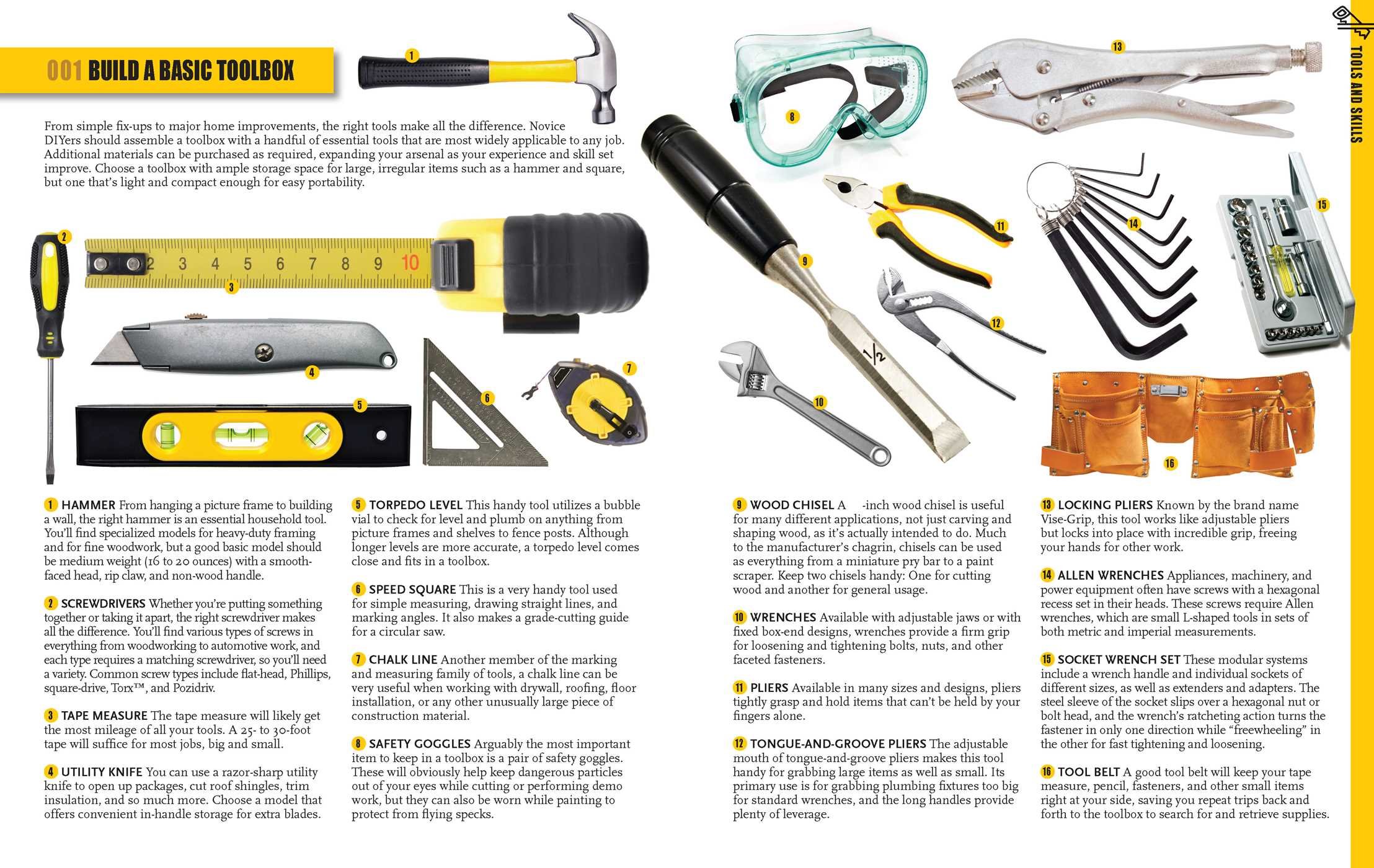
Before you begin any project, it’s important to know your equipment. If you need to brush up on your skills, you can view free videos on how to operate common tools. This is a great way to refresh your knowledge of how they work and what to expect from them, so you can confidently pass that information onto your children.
2. Start With a Class on Safety
No matter how old your child is, begin with a safety class geared toward their particular understanding and level of responsibility. Make it a formal educational experience with teaching, demonstrations and even quizzes. Instill a sense of respect for the tools, responsible handling and use of proper safety equipment when working with them.


3. Set Up the Workshop
You can purchase smaller child-size tool sets at most hardware stores at a reasonable price. Set up an age-appropriate workbench equipped with your child’s own set of real tools to give them a sense of ownership.
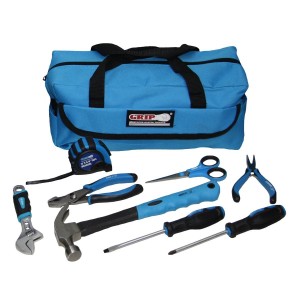
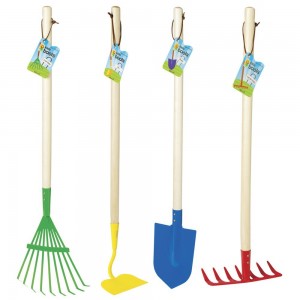
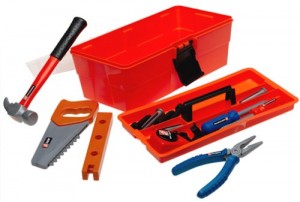
Teach your child the names of their tools and how to care for them. Install a pegboard behind their workbench with painted outlines of the tools and the names written underneath so they can store them properly when not in use. Equip their workbench with goggles, work gloves and other safety equipment, and encourage their use.
4. Teach Them the Proper Use of Tools
A tool is only as good as the person using it, so it’s important to teach them proper usage. Start with one tool and allow them to practice. As they become familiar with one tool, move on to another until they have a well-rounded knowledge of the basic tool set. It’s important you set a good example. Children mimic the actions of adults they admire, so make sure you don’t inadvertently demonstrate sloppy or unsafe habits. Be sure to teach them about the different types of hardware needed for the repairs and projects they may be undertaking. Help them learn to recognize nuts, bolts, washers, screws and how they are used.
They’ll need to know how to take accurate measurements and use a level, things that can also be incorporated into their math and other similar classes.
5. Plan Your Projects
It’s important projects are age-appropriate. Children mature at different stages, so assign projects according to your child’s maturity level rather than their age. Below are some home repairs and projects for those times when nothing is broken, sorted by difficulty level:
Easy
Home Repair Projects: Start young children off by teaching them to tighten drawer and cabinet pulls and oil squeaky hinges. Paint touch ups are another option for the younger crowd, but be sure to protect the floors and furniture with a drop cloth.
Woodworking Projects: At this point your little carpenter will only be using hand tools. Popsicle stick art is always a hit with the younger crowd.
Another option is woodworking kits from Lowe’s or Home Depot. Everything is pre-cut, and nail holes are pre-drilled. A little glue, some easy assembly and a creative paint job make these perfect projects for the beginner.
Mid-Level
Home Repair Projects: Once the kiddos have mastered using a hammer and screwdriver, you may want to introduce them to a few more challenging projects. Painting a room, replacing a towel rack or re-caulking a bathtub are projects you can entrust to your mid-level handyman. They can also assist you with a few more difficult projects. Let them watch or participate up to their ability level.
Woodworking Projects: At this point your little carpenter should be ready to build from scratch. Birdhouses, boxes and simple furniture construction can be accomplished under your watchful eye. You can let them use power tools with your supervision or pre-cut the wood for them, depending upon their level of maturity.
Experienced
Home Repair Projects: After watching and learning a thing or two from you, your kids should be ready to do some basic electrical or plumbing work. Helping you change light switch or replace a faucet may be within the realm of their capability. Fundamental carpentry and painting skills should be a piece of cake now.
Woodworking Projects: At this point, your child should be familiar with using power tools as well as the hand tools. They may be able to use power equipment with little supervision and should be able to build a basic structure. Now is a good time to take on a more complicated project that can work on together.
No matter what their level, giving your kids the skills to fix, create and build will enhance all other areas of their education. This self-sufficiency increases their confidence and gives them the edge they need to be successful in whatever they choose to do later in life.
Project Books

The Complete Idiot’s Guide to Simple Home Repair
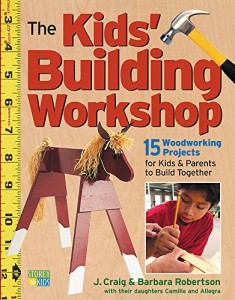
The Kids’ Building Workshop: 15 Woodworking Projects for Kids and Parents to Build Together
The Quick & Easy Home DIY Manual: 321 Tips
Easy Carpentry Projects for Children (Dover Children’s Activity Books)
Author Bio: Megan Wild is a home improvement writer who has been honing her skills since she was a young child under the mentorship of her father. Check out more of her kid-friendly ideas on her blog, Your Wild Home.
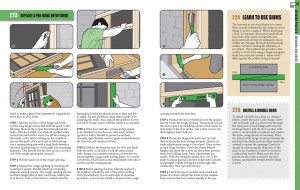
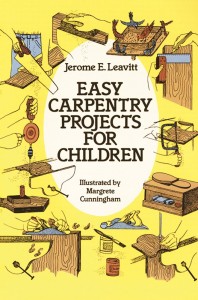



March 22, 2016 @ 8:09 am
This is a great post! My son is 10 and does a bunch around the house. If a sprinkler head pops off he fixes it, he maintains the yard, and is up for learning new things. He so enjoys helping around the home and it really makes him happy too!
March 22, 2016 @ 10:11 am
That is awesome Angela! There is so much benefit to being able to fix and repair things around the house. As an adult we certainly see the cost effectiveness of being able to do things yourself!
March 24, 2016 @ 2:55 pm
I love this post! My boys all groaned and complained when we had them helping alongside us as we repaired our dryer but we assured them that one day it would come in handy!
March 25, 2016 @ 9:41 am
Glad you ladies liked the post 🙂 There is certainly value in learning these skills at a young age!
March 29, 2016 @ 10:01 am
Wonderful post, Megan! It is a blessing when the kids are old enough to help out with the chores and maintenance of the home. 🙂
Finishing Strong #82 - Eva Varga
March 30, 2016 @ 6:15 am
[…] next post I would like to highlight, Life Skills: Simple Home Repairs, comes from Megan Wild, a guest blogger at Starts at Eight. While not exactly science related at […]
What every daughter needs from her mom
July 12, 2020 @ 1:53 am
[…] home repair skills (this article has resources to get […]